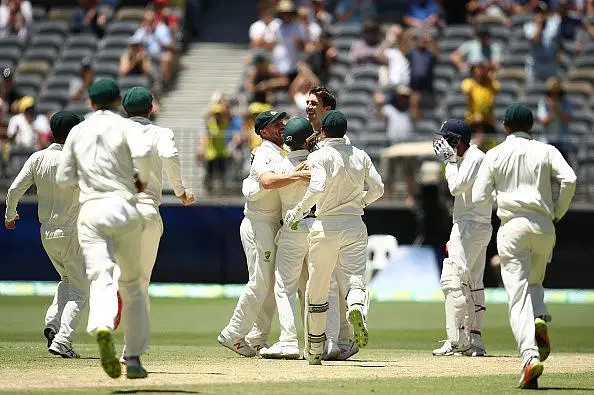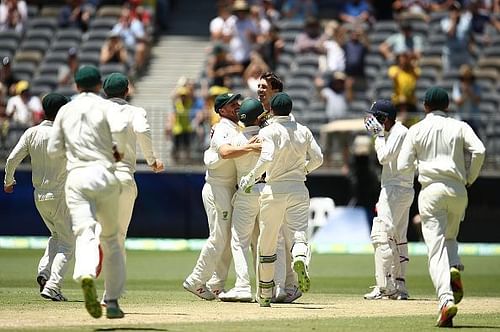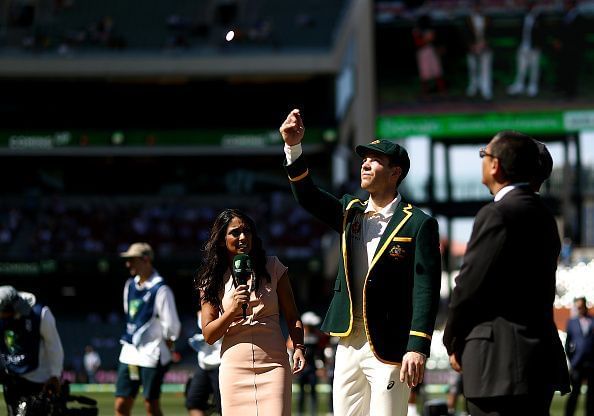
Australia vs India 2018-19: 3 key factors that can influence the third Test

With the India-Australia series standing at a 1-1 stalemate after the first two Test matches, the boxing-day Test match in Melbourne assumes greater significance. The team that wins this match would become invincible in the series and could go for the kill in the new year’s Test at Sydney. The loser will find itself in a diametrically-opposed situation.
With everything to play for in this game, the two teams would be looking to put their best foot forward and can’t afford any mistakes. But if we have learned anything from the first two Tests, it is the flawed nature of the two teams which leads to erratic patterns in the game.
So, what can we expect in this upcoming contest? What are the factors that would affect its outcome and who is likely to siege the advantage first? Are there any X-factors that could play a part in determining the result of the game? Let’s look at three factors that can have a bearing on the outcome of the third Test at the MCG.
#3 Toss

When two teams have vulnerable batting line-ups, the toss assumes great significance. Brittle batting line-ups tend to perform badly when put under pressure of high first-innings totals. Hence, the team that wins the toss on the boxing-day is bound to bat first and gain a crucial advantage. This doesn’t mean they are guaranteed a victory or that they are out of the danger of getting bundled out for a low score themselves.
But the side batting first would be under much less pressure compared to the one chasing a score. For Australia, the toss assumes greater significance because of the inexperienced nature of their batting line-up as well as the absence of any established consistent performer in their top seven.
While India have big guns like Virat Kohli and Cheteshwar Pujara along with established names such as Ajinkya Rahane (all of whom have hundreds in Australia), the home side lacks that level of solidity in its batting line-up.